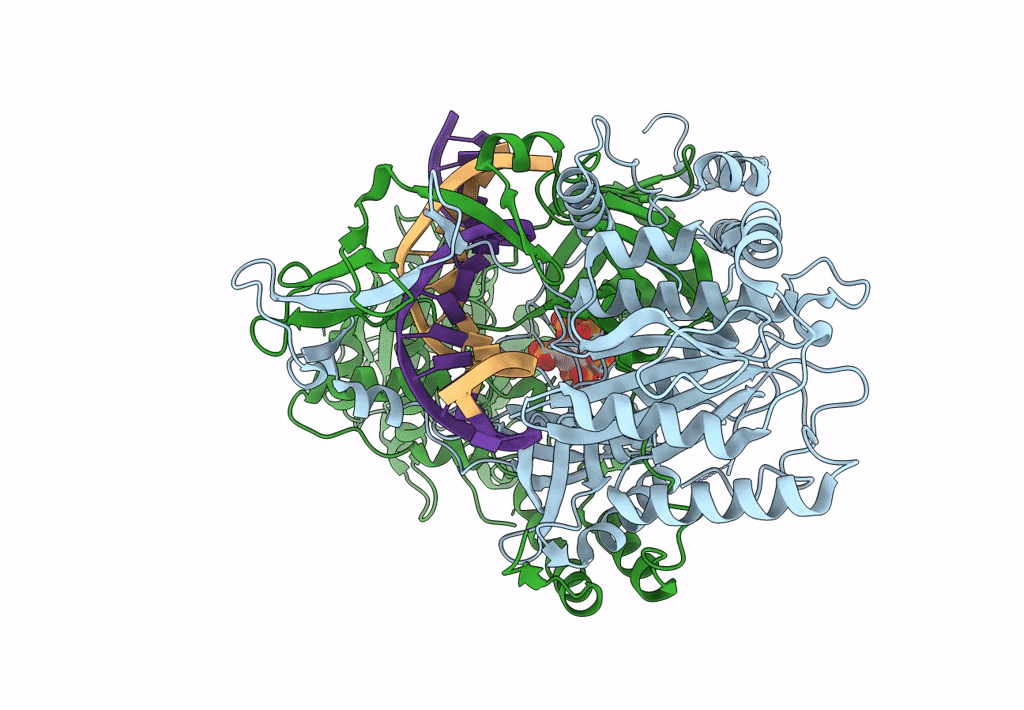
Deposition Date
2022-05-17
Release Date
2023-05-24
Last Version Date
2023-12-06
Method Details:
Experimental Method:
Resolution:
2.74 Å
Aggregation State:
PARTICLE
Reconstruction Method:
SINGLE PARTICLE


